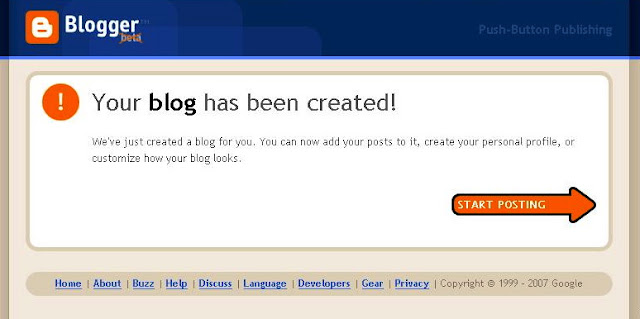Before creating a Blog, we must have E-Mail address first. Without E-Mail we will not be able to create a Blog. The steps below will explain more about the making of blog:
- Click the arrows that reads "Create Your Blog Now".
- Fill in your Email address with your Email address.
- Fill in the form, enter A password in the Password.
- The contents of the Password retype the Password's review on.
- The contents of the display name with the name you want to display.
- Write text in the form of word Verification.
- Click the checkbox on the edge of My writings and accept the terms of service.
- Click an arrow image that says "Continue".
- Write a Blog title that you want.
- Write the name of your site in the form of Blog Address (URL).
- Write verification text displayed on the form the form Verification.
- Click continue to continue.
Select the Template you want,
Templates are designs a web page or blog and all of its components (for example: images, stylesheets, etc) as well as static files or dynamic file in the form of a program or application that runs as a web application.
Steps in choosing a good template:
- Click The Templates.
- Click "Pick New Template" select the template you want.
- Click "Preview Template ' to see the layouts provided.
- Click Save to save your Template.
Click Continue to continue and it will appear the words "Your blog has been created".
Click arrow to "Start Posting" (write the text as desired) and click the button "Publish" to finish.





